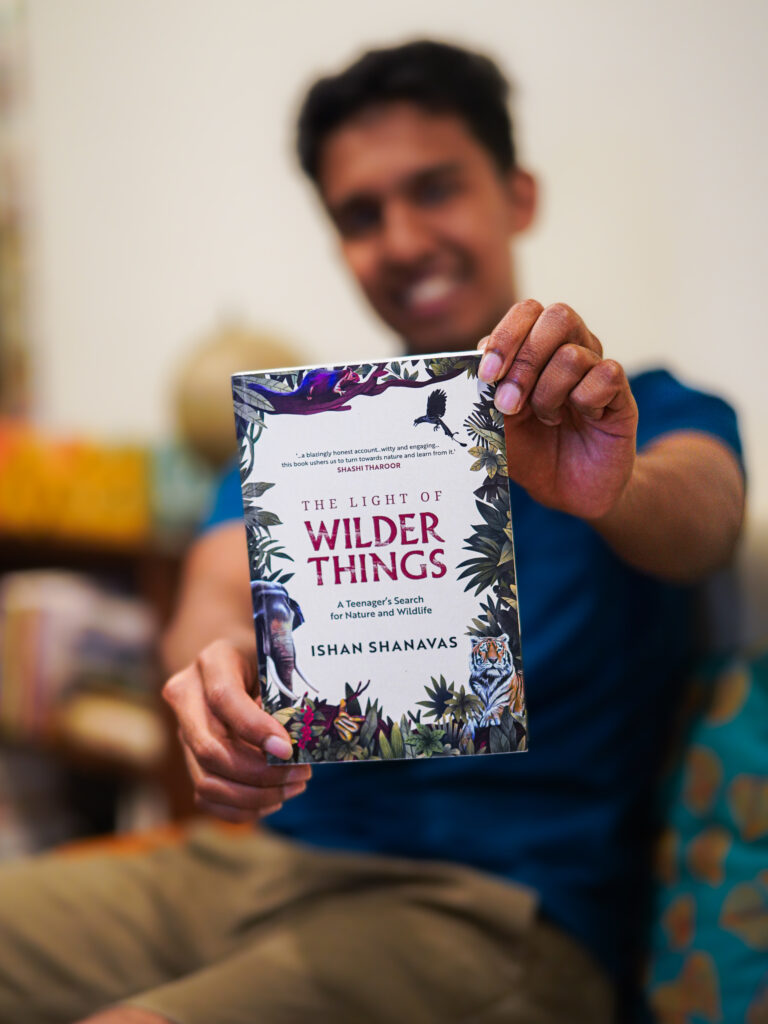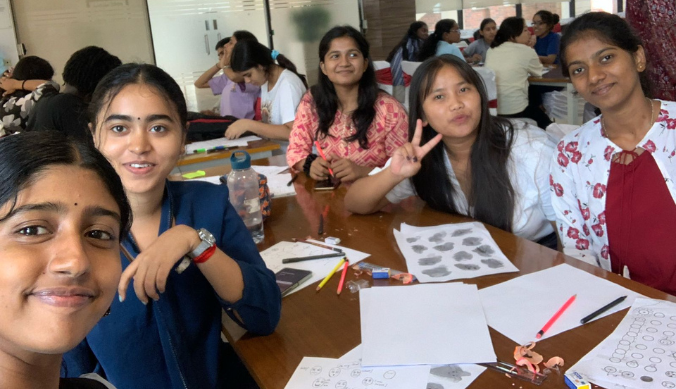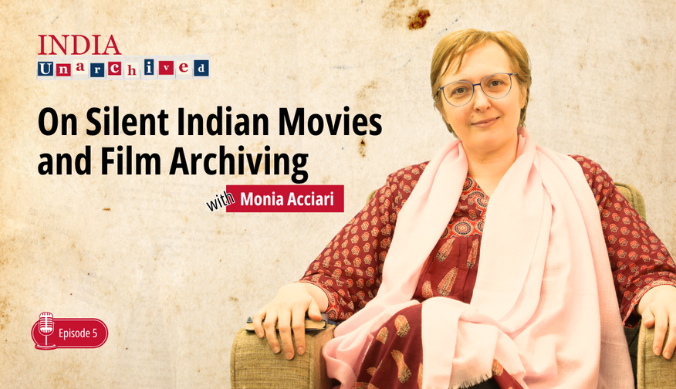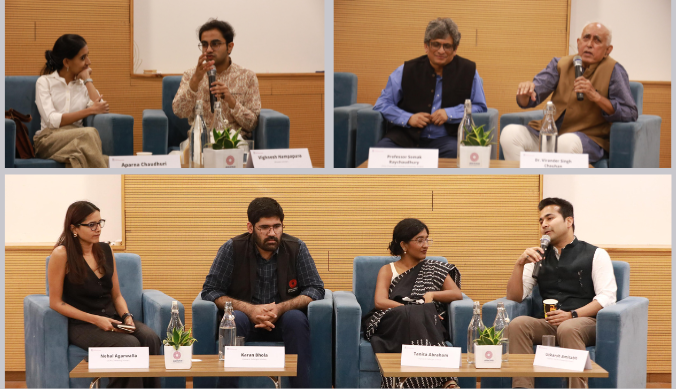Nature’s Storyteller: Ishan Shanavas Talks About His Latest Book Based on His Wildlife Encounters
Ishan Shanavas (ASP 2025) talks about his book The Light of Wilder Things, his love for wildlife, and how he managed to write a memoir while studying at Ashoka University.
A nature and wildlife enthusiast, Ishan Shanavas (ASP 2025) has always nurtured a deep passion for the natural world. His fascination with the wilderness was ignited at the age of 14 after a chance encounter with a tiger, setting him on a path of exploration and self-discovery that led him across India’s diverse landscapes.
As a young naturalist, Ishan has already authored a book titled ‘Fauna In and Around Ashoka University’, which documents the local wildlife around the campus alongside his personal experiences during the process.
In a recent conversation with us, Ishan discussed his latest book, The Light of Wilder Things, a memoir of his teenage years that offers a compelling insight into India’s rich biodiversity, the harsh realities of wildlife and habitat conservation, and the impact of climate change on the country’s ecosystems.

What inspired you to begin documenting your experiences in the wild at a young age, and how did you balance academics while writing your memoir?
I was fortunate to study in a boarding school far from the city, next to a jungle in the scrubby landscape of the Eastern Ghats, around 150 km from Bangalore. So, I grew up in the midst of nature, waking up to peacocks and regularly tossing out snakes, frogs, and scorpions from our hostels.
Then, in 2021, while we were hunkered home due to the pandemic, I started a blog about my wild and photography adventures. As a young person, I felt it was important to document my stories because most naturalist accounts have been written by experts with years, if not decades, of experience. Writings by young people are scant, and thus, a youth perspective is missing. Through my blog posts (and then later my work on social media), I sought to share a younger perspective.
In late 2022, my father told me it was about time I combined all those stories into a book that traced the entire journey. That night, I had a rough structure in place, and then, 2.5 years later, after many ups and downs and a lot of work, the book was ready!
The book talks about my life, from ages 14 to 21, searching for wildlife as a teenager in the 21st century. It traces my time in this one-of-a-kind boarding school, to my “second life” in my family’s cardamom farm in Kerala, to my various volunteerships across the Western Ghats, to my journey to Ashoka to study, and thus culminating in my initial forays into the Himalayas. It dovetails between me exploring my passion for wild things while navigating the trials of growing up, something everyone goes through during this phase of life. It’s a teenagehood exploring passion, fascination, wild adventure, and ultimately, the search for one’s self.
I was in my second year of Ashoka when I started writing the book and balancing it while keeping up with my academics and social life was a challenge. I decided to set a daily writing goal that I had to reach without fail, even if my words weren’t all that eloquent. This need to hit the goal also forced me to strictly allocate time to my academics, social life, personal time, and writing. I tried to write for 2 hours every day, either before or after classes.
I also found ways to take creative breaks, like working on the book illustrations when I faced writer’s block, editing my photographs for the different chapters, or searching for appropriate quotes to use as epigraphs.
At its core, I knew I had a unique story to tell, and I wanted to tell it in a way that captured my fascination for these creatures and landscapes. It was that emotion that I summoned during the especially hard moments.


Your book beautifully traces your journey through India’s wild landscapes. How did your time at Ashoka University shape or deepen your understanding of environmental conservation and biodiversity?
My time at Ashoka shaped my understanding of the natural world in two ways: physically living in this corner of India and the courses I took. When I joined Ashoka, I thought that the next 4 years of life would be devoid of any wild interactions. As I pulled up to the University, I looked at the featureless landscape, lamenting the sparse greenery.
But then, one day a few weeks later, I strolled through the surrounding fields when I chanced upon a herd of nilgai. While I knew of the animal, coming from Southern India, I had never seen one. The idea of such large animals living a stone’s throw away from Ashoka enthralled me. It showed me that this landscape was deceptive; wildlife hid in plain sight.
And so I made it my daily mission to spend my evenings running around the fields, seeing what I’d find. This led me to make the field guide to the wildlife found in and around Ashoka, and I detail the experience of creating that guide in this larger, more extensive book on my life.
Coming from South India, I also wanted to explore this region of the country, partly to find wildlife and partly to expose myself to new cultures. So, I became a Resident Assistant (RA), thereby earning some money. I then travelled to states like Uttarakhand, Himachal Pradesh, Rajasthan, Punjab, Uttar Pradesh, and so on (even within Delhi). Here, I found a fascinating array of wildlife, which I also wrote about in the book.
Academically, the EVS courses I took showed me that there are many ways of looking at nature, definitions that are broader than its stereotypical conception, often comprising humans, too. I’ve been fortunate to take both science and sociology-themed EVS courses, which have widened my understanding of nature. These courses (and the chance to be an EVS Teaching Assistant) showed me how multifaceted the environment is.
You’ve emphasised the importance of incorporating youth into the environmental movement. What steps do you believe can be taken to engage more young people in conservation efforts?
One core message that needs to be reinforced is that we are the next custodians of the planet and that it is up to us to save it. It starts with seeding an interest in the natural world. Because if you don’t care about something, you won’t be inclined to save it, and you only care about things you are interested in. Now, I think nature is fascinating. I wrote a whole book about it to expose people to our natural world. I am one of many doing this work, and I know it is making a difference. Already, I have people sending me photographs of creatures they spotted near their homes, and reading their messages detailing their delight fills me with joy.
Those with knowledge of the natural world must share it with the broader public. Gatekeeping is to our detriment. Educational institutions and individuals should share as much knowledge as possible with the world. That will encourage people to join the cause. In fact, the wildlife field guides I have made, which I detail in this book, are free for anyone to look at because I feel this information should be available to anyone who wants it.
Do you plan to continue your work in the field of conservation or natural history writing? What’s next for you after Ashoka?
Well, I can certainly say that wildlife and the natural world will always be a part of my life. In many ways, they have made me who I am, and I consider it my solemn duty to speak for creatures and landscapes that can’t speak for themselves. How exactly that plays out remains to be seen.
I will continue my work on Instagram and on my blog. Who knows what’s next? Maybe another book? Or a podcast? Or both? Or both and something else?
All I can say is that I am just getting started. I have huge dreams (and expectations from myself). The world has no idea what’s in store. Watch me.
What advice would you give to your fellow Ashoka students who are passionate about writing, wildlife, or environmental activism, based on your journey so far?
Writing: I think everyone will benefit from learning how to write. The reason is that it is a topic-agnostic skill, and writing does wonders for your mind. It forces you to grapple with all the crazy thoughts in your brain and streamline them into something coherent on the page. It gives you an avenue to channel that energy.
Writing also has immense strategic value. By writing about whatever you’re interested in and then posting about it online, you’ll be able to create an audience of like-minded people. That will allow you to connect with folks from all over the world who share your interests, which can lead to all kinds of opportunities.
Writing came into my life at a pivotal point. It was a few months into the pandemic. I was losing my mind at home. Then I stumbled onto this idea of starting a blog on the internet, and that gripped my fascination. So I began writing with discipline, and that led to the Instagram account, and then the different books I have done.
Wildlife and Environmental Activism: If you are interested in wildlife and the environment, you have great taste. Nurture that interest by trying to interact with nature however you can. That could be something as simple as observing the birds that come to your balcony. By celebrating a species beyond our own, you participate in that wonderful bounty nature has cooked up for us. And you tap into that growing movement of nature lovers around the world.
I would also strongly recommend reading about the environment, however, you can. That’s why I’ve also added a “Recommended Reading List” at the end of this book for anyone to choose from. There is a wealth of incredible writing out there about the environment. I am proud to contribute to that collection.
When you get the chance, volunteer for any conservation cause. This can be near your home or something in a distant corner of the planet. Volunteers are highly sought after. This will give you some incredible exposure, and you will be doing your part to save the planet.
One thing people should know is that this movement does not have any barriers to entry. Everyone is welcome. It is an inclusive space, and you can contribute in your own way. You certainly don’t have to have studied the environment in any formal way. In fact, many people bring skills from different disciplines (like coding, entrepreneurship, and more) to the space of conservation. It sings the tune of liberal arts- that multidisciplinary exposure is the name of the game. Join the movement, and bring whatever skills you have (even if it’s just enthusiasm, often the most important and underrated quality).
Get in Touch with Ishan Shanavas
Instagram – @ishan.shanavas
Website – https://ishanshanavas.com
Newsletter – https://ishanshanavas.substack.com/
Study at Ashoka













